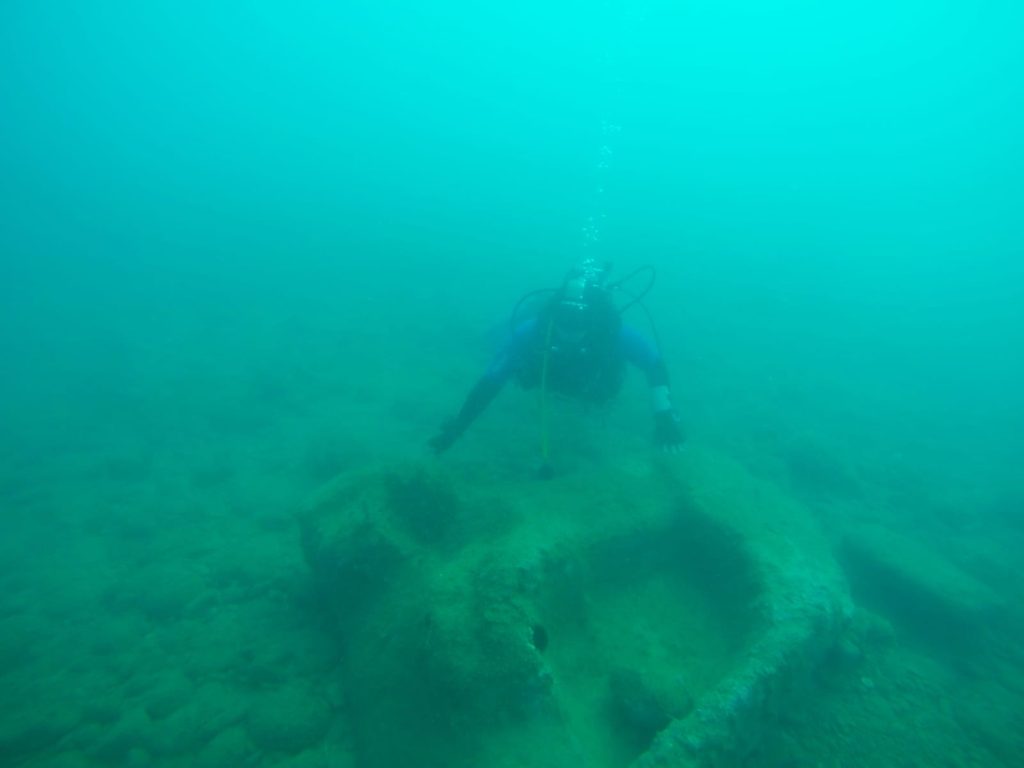Underwater archaeologists have announced the discovery of a significant find: a submerged marble frieze block off the coastline of Sicily, which according to experts belonged to the Temple of Zeus in ancient Akragas.
The Temple of Zeus, situated in the Valley of the Temples, served as a focal point of ancient Akragas (Agrigento), a city with numerous temples of historical importance.
According to heritagedaily.com, it was one of the largest Doric temples ever constructed, measuring 112 metres in length by 56 metres in width.
Historical accounts from the Ancient Greek historian, Diodorus Siculus, reveal that the temple construction remained unfinished, halted by the Carthaginian conquest of Akragas in 406 BC. The temple was eventually toppled by earthquakes and in the 18th century was quarried extensively to provide building materials for nearby settlements.

The submerged marble block, measuring approximately 2 meters in length and 1.6 meters in height, was discovered by underwater archaeologists 300 meters from the Sicilian coastline, lying at a depth of 9 meters. It was rafted from Proconnesian marble originating from the quarries of Marmara Adası in Turkey.
On one side is a carved frieze depicting a prancing horse, which likely adorned the exterior tympanum facade of the temple structure. Horses, emblematic of power and strength, were a common motif in significant Ancient Greek architectural endeavors.
“The extraordinary discovery was immediately reported to the Superintendency of the Sea for the purpose of recovering the exceptional find, which was finally brought back to shore this morning,” a representative of BCsicilia mentioned to HeritageDaily.
Source: heritagedaily.com

